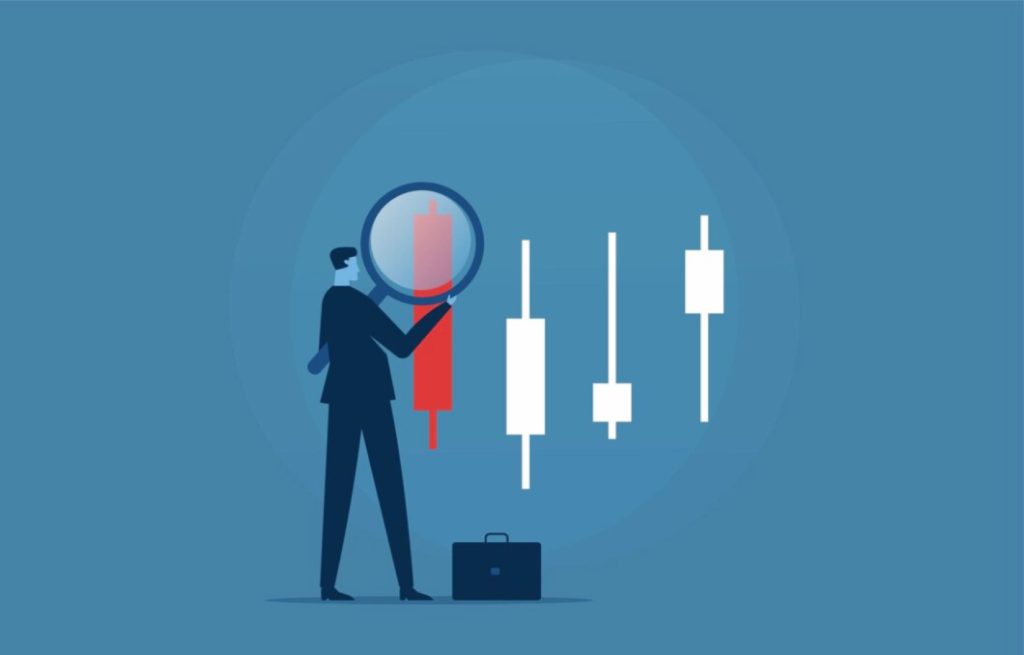Oreo – In the field of finance, the phrase “big buck loans” is used frequently to characterize large loans given to governments, businesses, or individuals. Usually running in millions or sometimes billions of dollars, these loans entail large sums of money. We shall explore the realm of big buck loans in this post, its features, goals, hazards, and effects on the international economy.

Specifying large buck loans
Usually, the mere size of big buck loans defines them. These loans are far more than small company loans, mortgages, or conventional personal loans. Usually reserved for major projects, investments, or financial transactions requiring a significant capital influx, they are used for
Features of large buck loans
Size
Big buck loans are mostly distinguished from others by their scope. With their range of millions to billions of dollars, these loans are essential for big financial projects including government financing, mergers and acquisitions, and infrastructure development.
Complexity
Often somewhat complicated are big buck loans. They call for thorough legal and financial documentation, thorough risk analyses, and rigorous study of several elements, including collateral, interest rates, and loan terms.
Different Borrowers
Big buck loans are sought for by a variety of institutions, including governments, corporations, and very wealthy people. While businesses may utilize these loans for debt restructuring or expansion, governments may seek them to support public infrastructure projects.
Use of Big Buck Loans
Infrastructure Improvement
Big buck loans are sometimes obtained by governments to support major infrastructure projects such public transit systems, airports, and highway building. Promoting economic development and growth depends much on these loans.
Corporate Expansion
Big buck loans are used by large companies for mergers, acquisitions, or projects of expansion. These loans help businesses to use their resources and grab market expansion possibilities.
Refining debt
Big buck loans also help governments and businesses refinance current debt. Lowering interest rates and other better terms can help borrowers minimize their financial load and strengthen their financial situation.
Managers of Wealth
High-net-value Some people include large buck loans into their money management plans. These loans let them get liquidity without selling assets, therefore maybe preserving and increasing their worth.
Big Buck Loans: Risk Factors
Normal Risk
There is more default risk the more loan you owe. The inability of a borrower to fulfill their repayment commitments can have major effects on the lender as well as the borrower.
Volatility of Markets
Often sensitive to changes in the market are big buck loans. The cost of servicing these loans can vary depending on changes in interest rates, foreign exchange rates, or the state of the economy.
Legal and Regulatory Threats
Big buck loans’ intricacy can cause legal and regulatory problems. Ignoring rules or contractual commitments could lead to expensive legal fights.
Systemic Safety
The inability of a significant borrower such as a government or huge company to pay back a sizable monetary loan can have systemic effects influencing the financial markets and the whole economy.
Concerning the Global Economy
The world’s economy depends critically on big buck loans. They help infrastructure, employment generation, and economic development. Their intricacy and scope, however, also make them possible causes of market volatility. Thus, sustaining financial stability on a worldwide level depends critically on the administration and supervision of large buck loans.
Conclusion
Modern finance is fundamentally based on big buck loans, which let for investments, projects on a scale, and financial transactions. They carry great dangers even if they present chances for economic prosperity. To guarantee that large buck loans keep acting as a stimulant for economic development while limiting any disruptions to the world economy, good risk management, regulatory control, and appropriate borrowing and lending procedures are absolutely vital.

